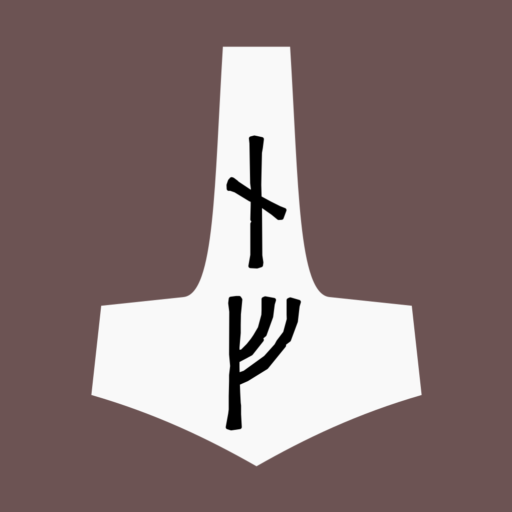-
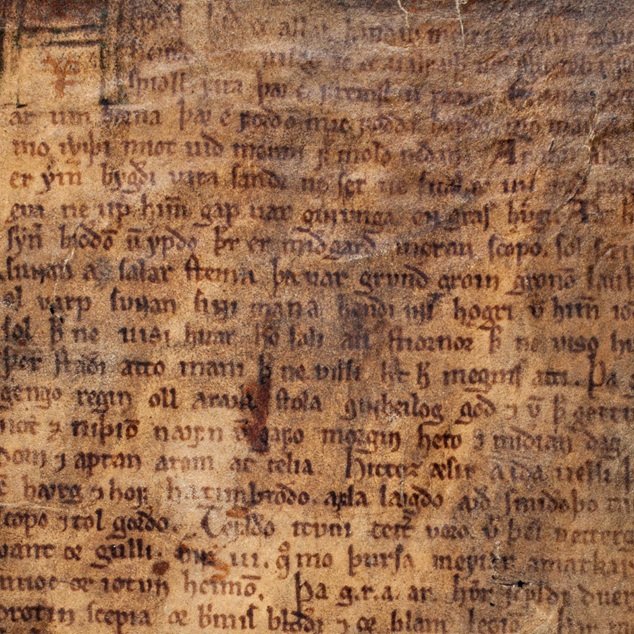
Poetic edda – a suggested reading order
Introduction Newcomers to norse paganism are usually advised to read the eddas. And I agree with this suggestion. But the size of them, and the somewhat difficult language used (even in the English translations) can be quite off-putting. The order the chapters are presented in is often just the order in which they appear in…
-
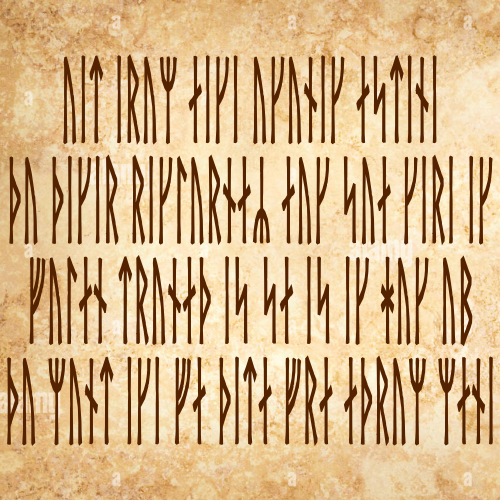
Writing in Younger Futhark – the “Viking” runes
Although many people seem to think the runes used during the Viking Age were the Elder Futhark, this isn’t true. By the onset of the Viking Age (late 8th century CE), the Elder Futhark had been fully replaced in Scandinavia by the Younger Futhark, a reduced runic alphabet of 16 characters. Elder Futhark had served…
-
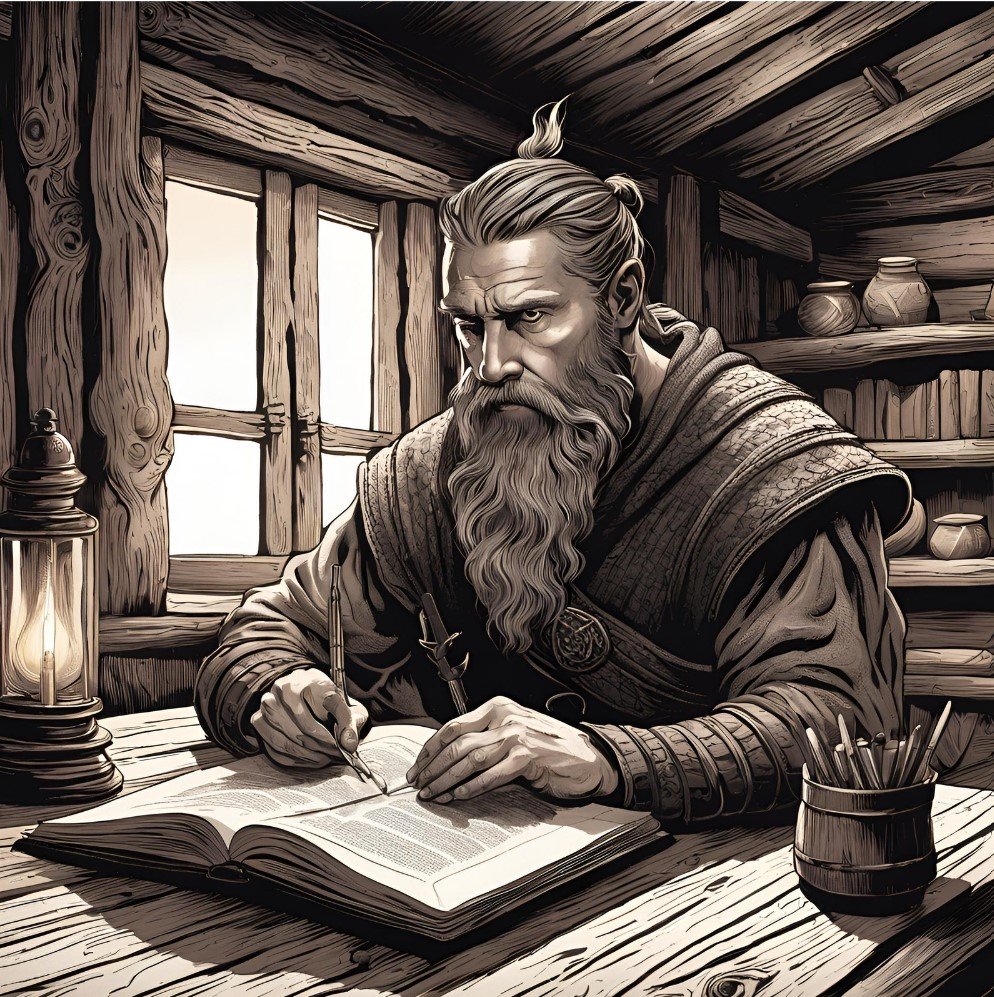
The word “Viking”
The old norse had two forms of the word “viking”. And neither of them was a verb…
-
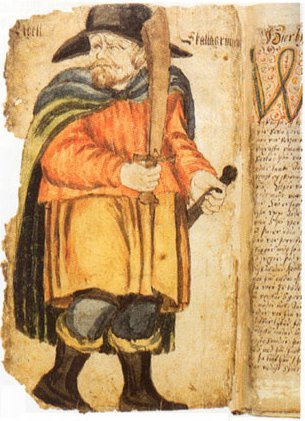
My mother told me?
Þat mælti mín móðir, at mér skyldi kaupa fley ok fagrar árar, fara á brott með víkingum, standa upp í stafni, stýra dýrum knerri, halda svá til hafnar hǫggva mann ok annan,
-
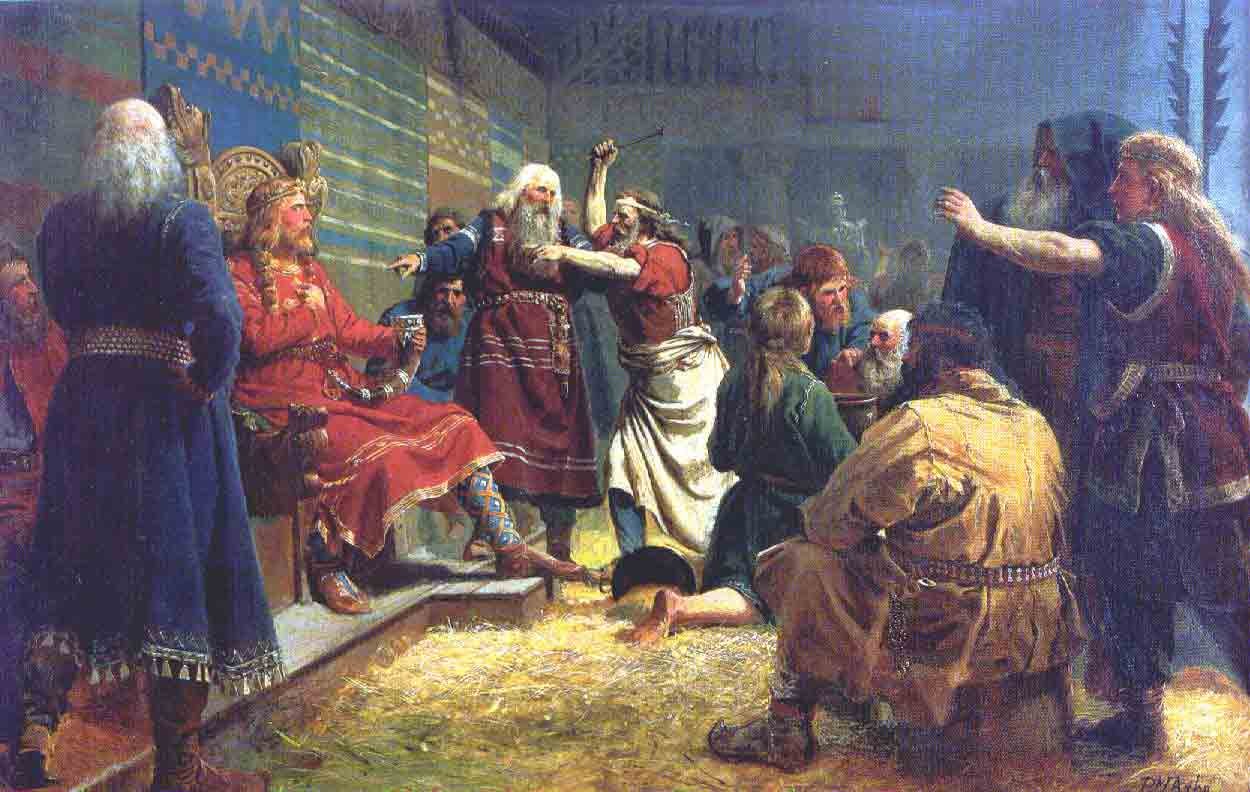
Jól/Yule – clearing up misconceptions
“He said that Yule is 12 days starting on the solstice, but she said that it’s 3 days starting at midwinter sometime in January!” Many pagans celebrate the winter solstice, which lies smack in the middle of this period, and since the mid-10th century, that includes norse pagans. And prior to that it would have…
-
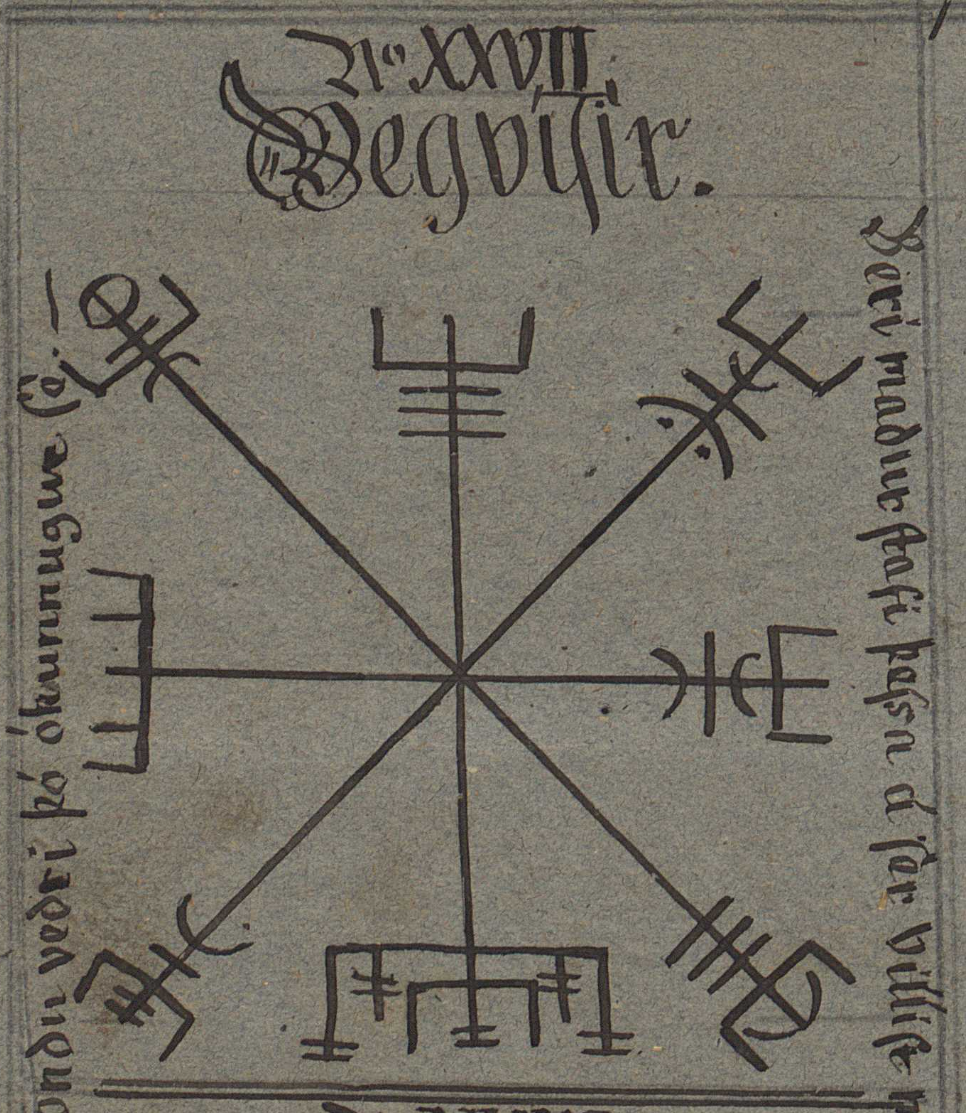
Vegvísir and Ægishjálmur
There is no evidence that these symbols existed prior to the 19th century and 17th century (respectively), and beyond the naming of Ægishjálmur, no connection with norse beliefs or the viking age. But individuals may find personal meaning in them anyway, so unless they are falsely claiming them to be of “viking age”, then live…
